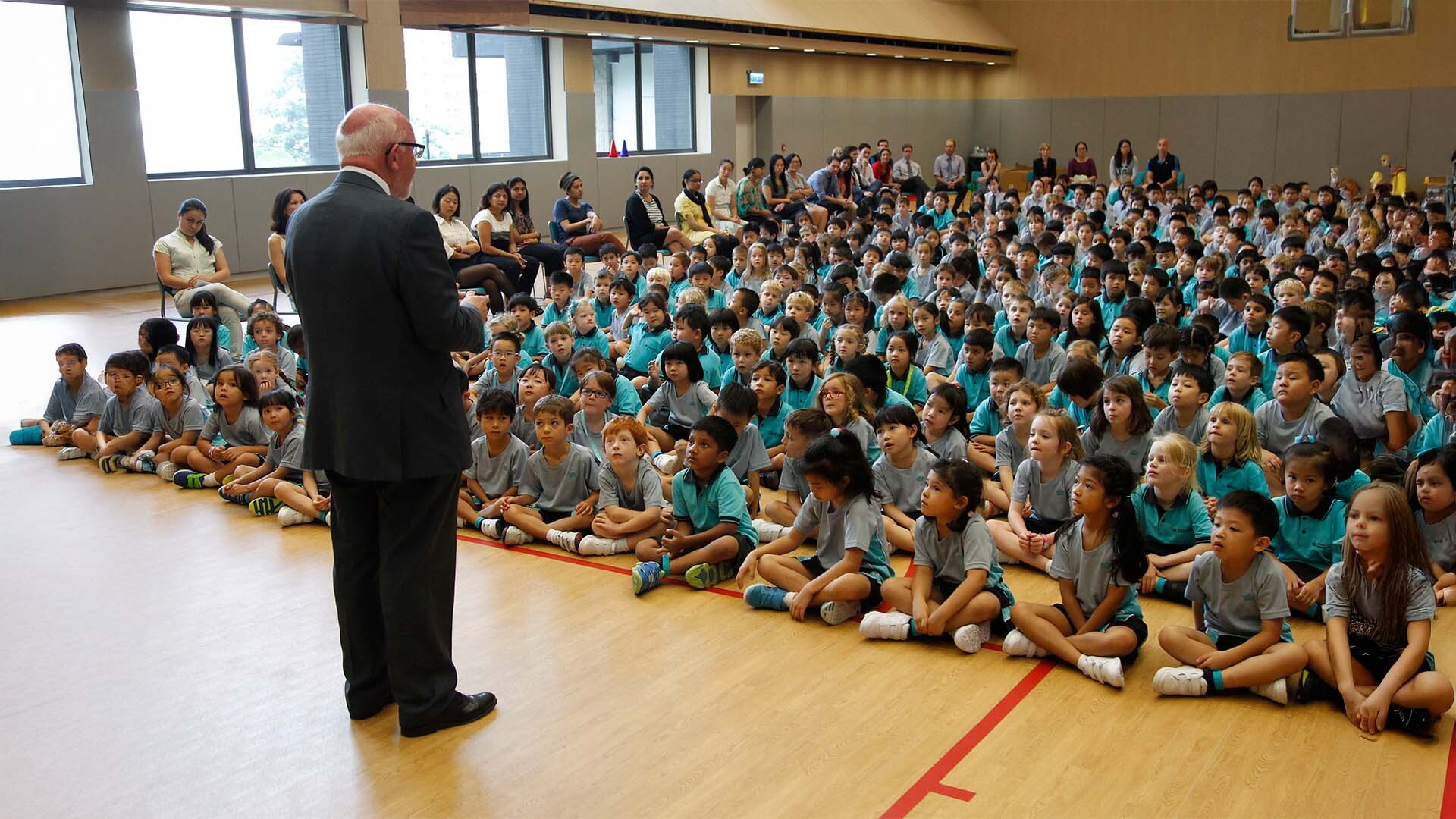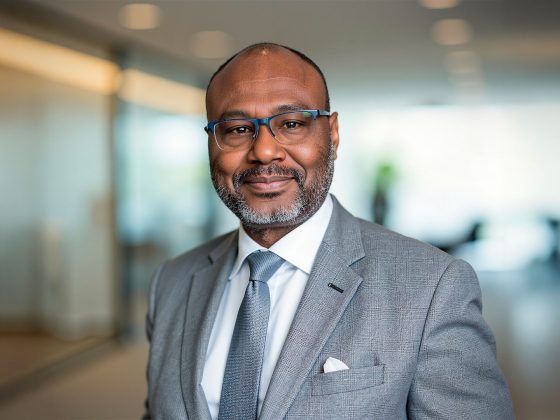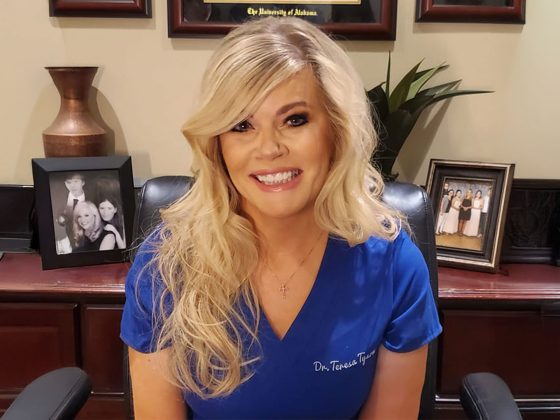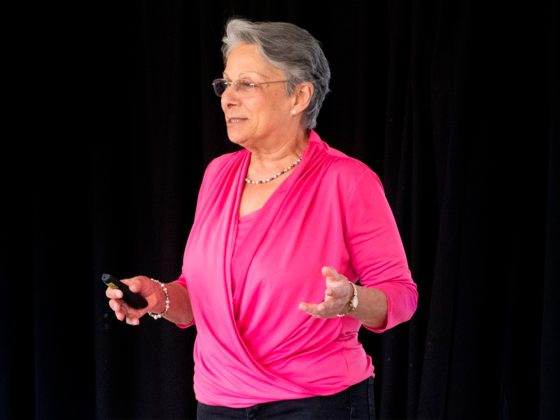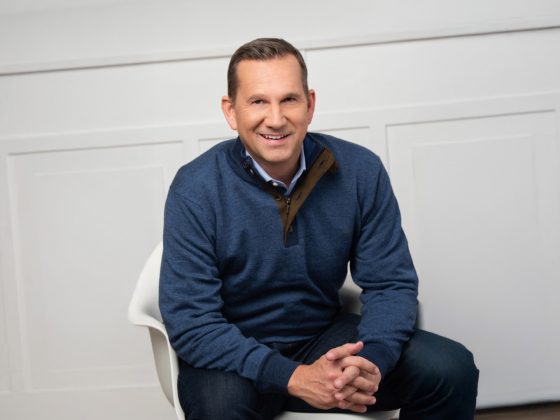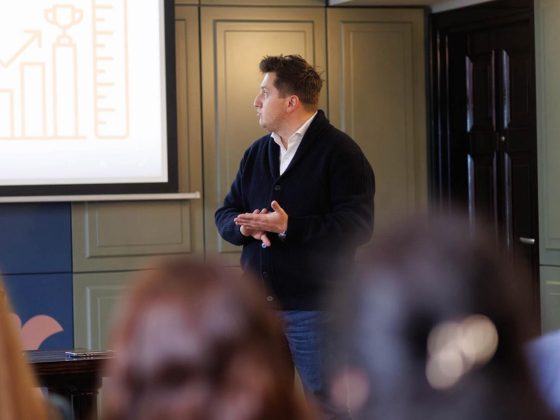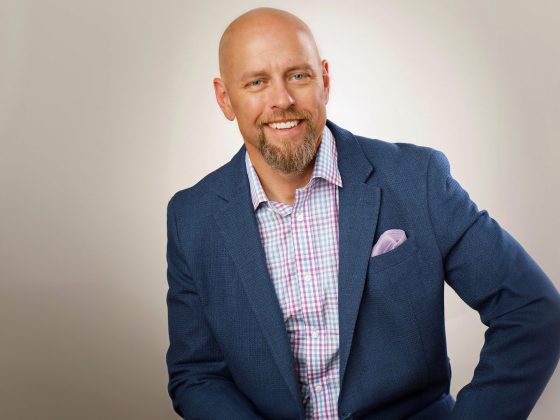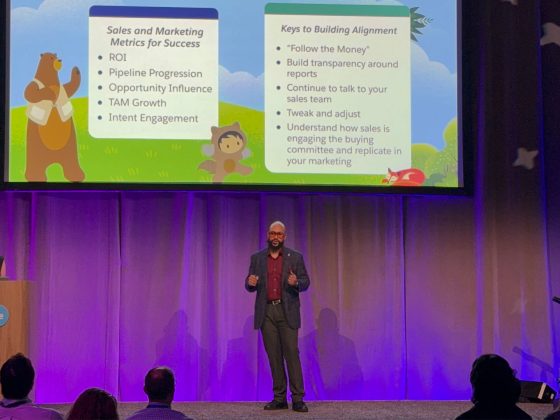Public speaking in education requires more than just delivering information. It demands strategic thinking, cultural awareness, and the ability to inspire meaningful change. Brian Cooklin has spent three decades perfecting this balance across four countries in various leadership roles from headteacher to managing director.
Know Your Audience, Build Your Foundation
Success in educational public speaking begins with truly understanding the audience. Cooklin stresses that effective communication is built on research and preparation. “It’s vital to know who you’re speaking to, what they expect, and to use language that reflects their culture and context,” he explains. This awareness is especially important when leading diverse educational communities, where a single, generic message will rarely resonate.
Credibility, Cooklin notes, comes from speaking with intention. “You need to communicate from a place of strategic purpose, not just deliver information,” he says. Rather than giving routine updates, he focuses on shaping direction and inspiring action. When addressing staff, parents, or students, he always starts by clarifying the purpose behind the message.
For Cooklin, every speaking opportunity is a chance to create momentum. Whether launching a new school, guiding an integration, or collaborating with international teams, he begins with a simple question: Why? “What outcome are we driving? What impact are we aiming for?” This clarity helps audiences see how each message fits into a larger vision. When people understand how their role connects to a broader goal, engagement deepens. Cooklin believes the key is making those connections visible, rather than assuming they’ll emerge on their own.
Bridging Global Vision with Local Reality
International education leadership presents unique communication challenges. Cooklin’s experience across the UK, Mexico, Hong Kong, India, and Europe has taught him that universal messages need local translation. “While our vision may be global, the message must resonate locally,” he explains. This doesn’t mean changing the core message, but rather finding culturally relevant ways to communicate it.
Through the years he has learned to adapt his communication style to reflect the diversity of their communities. “It’s important to share stories that reflect the culture and the needs of your audience,” he notes. These tailored approaches help ideas stick because audiences see themselves reflected in the examples and can envision how the concepts apply to their specific situations.
Clarity Wins Over Complexity
Educational leaders often deal with intricate, layered issues that can overwhelm audiences if presented without careful consideration. Cooklin advocates for clarity over complexity in public speaking. “Keep the message simple, straightforward, and to the point,” he advises. This doesn’t mean dumbing down content, but rather structuring it in ways that make complex ideas accessible. When introducing curriculum innovation in Hong Kong, his team used simple metaphors to explain pedagogical shifts to both staff and parents. They organized workshops where students explained classroom changes to their parents, eliminating jargon and acronyms that create barriers to understanding. “We got rid of the jargon, the acronyms, and the language that makes it a barrier for understanding,” Cooklin recalls. This approach enabled broader community support for educational innovations.
Educate First, Inspire Always
The best educational speakers never forget they’re teachers first. He brings classroom energy to every presentation. “You don’t just present to an audience, you connect,” he explains. This means asking questions, sharing stories, and checking for understanding just as you would in a classroom. His approach mirrors good teaching practice. “In my teaching, I always ask the class, have I been clear? Have you understood? Does it need further explanation?” The same questions guide his public speaking. Are people getting it? Do they know what to do next? Can they see how this applies to their situation?
Data tells people what happened. Stories show them what’s possible. Cooklin has learned that the most powerful part of any presentation comes from real examples of real change. “The best way to do that is to give human examples of how it happened, how it worked, and the impact it had on people’s lives,” he notes. These aren’t feel-good add-ons to serious presentations. They’re the heart of effective communication. When people hear how an idea changed someone’s life, they start imagining how it might change theirs. That’s when speaking becomes leadership. The goal isn’t just to represent your school or organization well. As Cooklin puts it, “We don’t just represent our schools, we elevate them.” Good public speaking moves everyone forward – the speaker, the audience, and the institution they all care about.
Follow Brian Cooklin on LinkedIn to explore how effective communication transforms school leadership.
